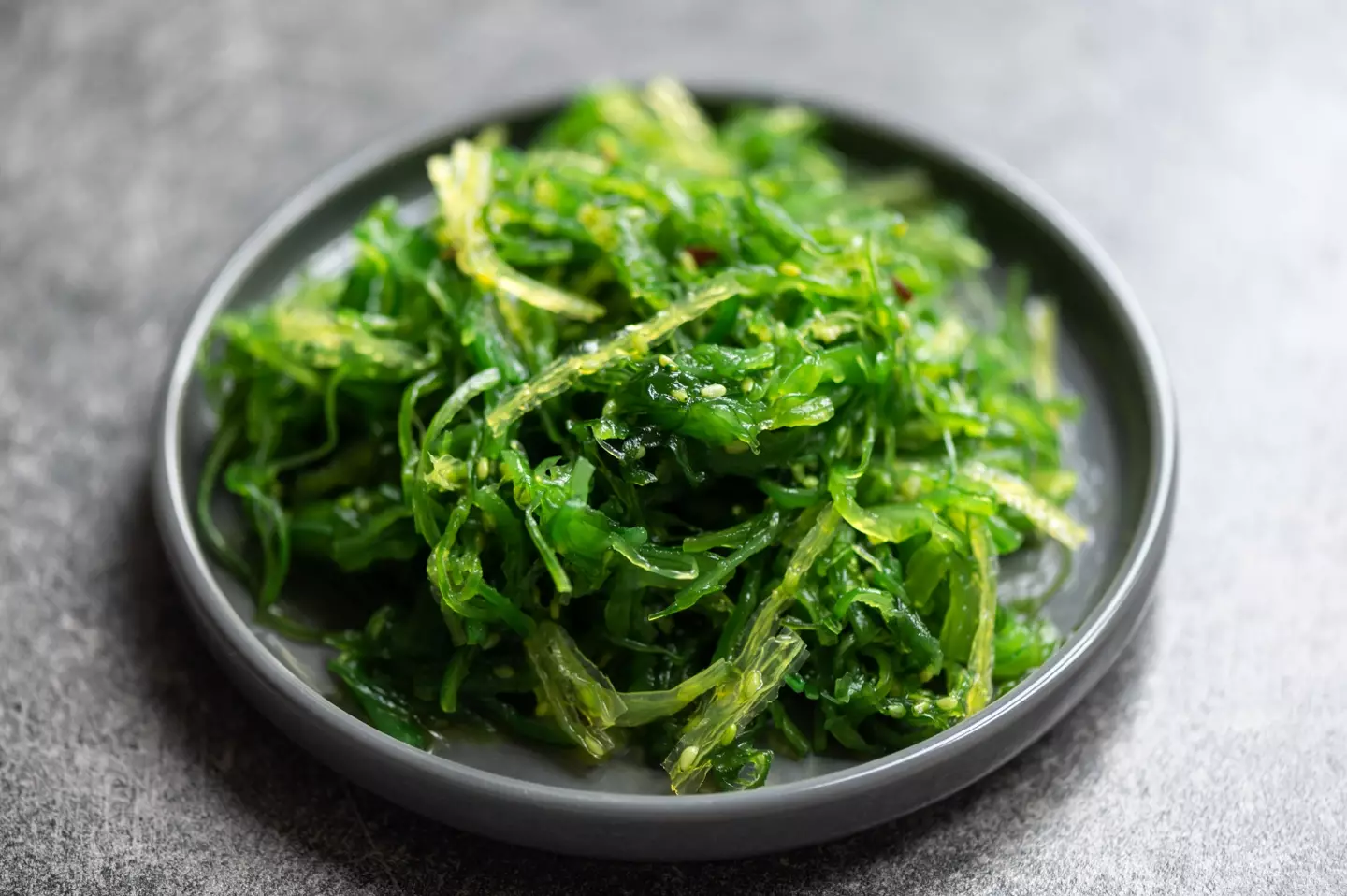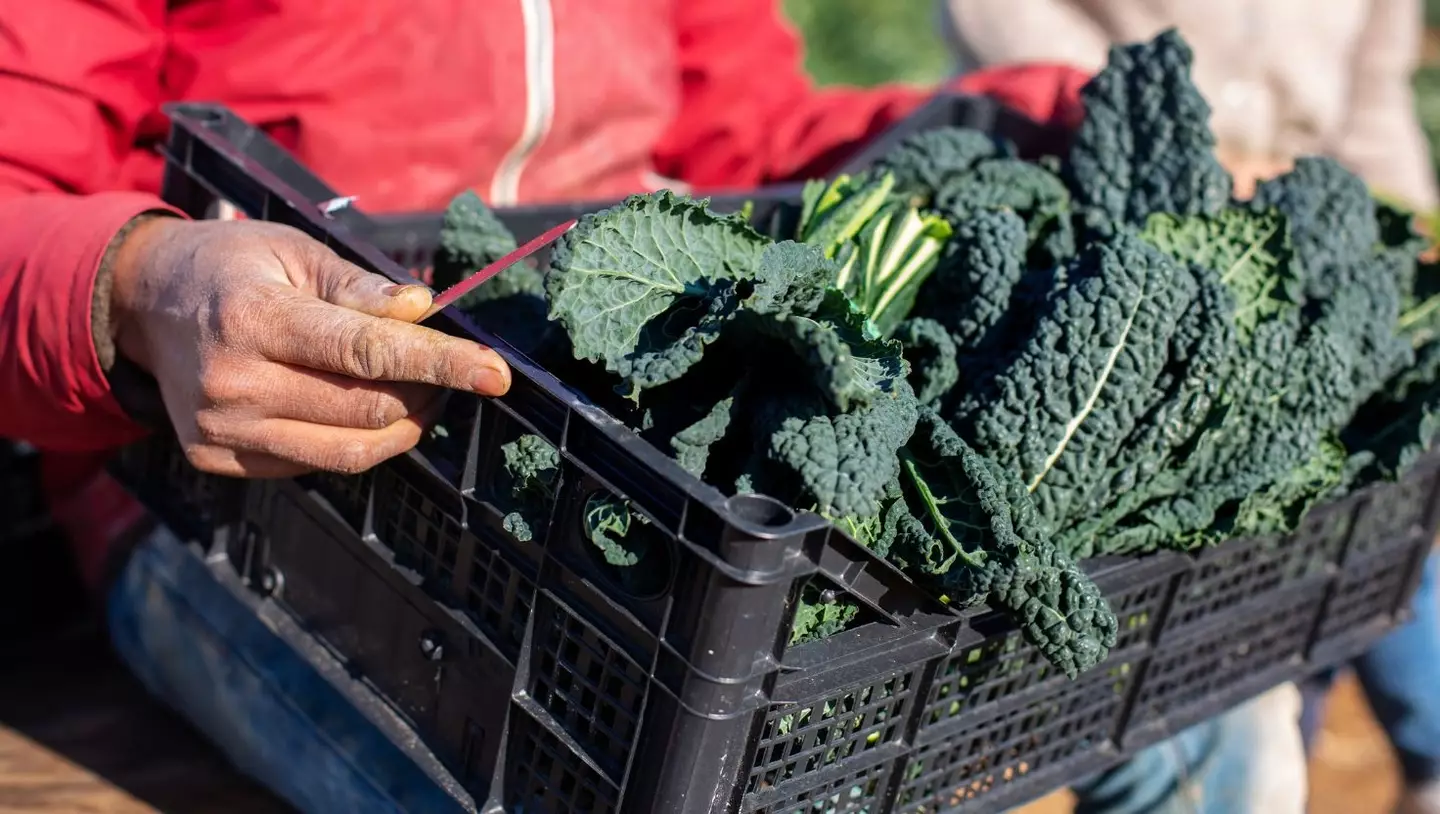.jpg%3Fcrop%3D4032%2C2268%2Cx0%2Cy0)
Social media users are just discovering what crispy seaweed is actually made from, causing some to brand the revelation as ‘shocking’.
There are tons of popular food items that carry deceptive names, including the sweet Cat’s Tongue treat, bubble and squeak, and the recently-trending cowboy caviar.
Other delightful delicacies that’ll leave you scratching your head in confusion are refried beans - that aren’t actually fried twice - black pudding, which is made from pigs’ blood, and spotted dick, a steamed pudding peppered with dried fruit.
Another Friday night staple that may catch you off guard is crispy seaweed.
We’d forgive you for thinking this Chinese restaurant dish is just deep-fried seaweed, because that’s exactly what it is billed as, right?
Advert
However, horticultural expert Simon Akeroyd took to Instagram yesterday to reveal that your takeaway favourite isn’t actually cooked microalgae.
In a video, the author asked his one million followers what they thought the main ingredient in crispy seaweed actually was.

“Crispy seaweed is not made from seaweed… [it] is made from spring greens, which are basically the young leaves of cabbage,” he soon revealed.
Advert
Kale, and most other plants in the brassica or cabbage family, can also be used to recreate the dish, according to Akeroyd.
Naturally, people have been surprised to learn that they’ve been consuming fried spring greens or kale, rather than seaweed, with one social media user hailing the revelation as ‘shocking’.
"Whhhhaaaaaat?" a second commented, while a third added: “That's amazing. Will be looking at kale in a completely different light. Thank you for sharing.”
One said they 'definitely learned something today', with someone else writing: "Oh! I did not know that! Thank you - I now know what to do with my cauli leaves in future!”
Advert

If you want to make your own healthier version, all you need to do is grab a bag of fresh kale and top it with some salt, five-spice powder, and oil.
Once fried, leave to dry before digging in.
According to experts at BBC Good Food, kale contains four times the vitamin C content and twice the selenium content of spinach, as well as nutrients like vitamin E and beta-carotene.
Advert
Often described as a ‘superfood’, kale may protect against heart disease as it contains substances that bind to cholesterol to help manage levels, according to registered nutritionist Nicola Shubrook.
The in-season, leafy green vegetable is also rich in vitamin K, cancer-protective substances such as sulforaphane, and lutein and zeaxanthin, two phytonutrients that support the health of our eyes and vision..
Shubrook reasoned that consuming sufficient quantities of these nutrients lowers the risk of age-related macular degeneration and cataracts.
Topics: UK Food, Fast Food, News, Social Media, Instagram
